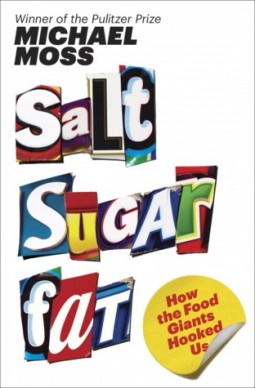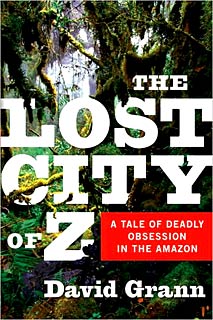This review contains affiliate links, which earn me a small commission when you click and purchase, at no extra cost to you. Thank you for supporting my small business and allowing me to continue providing you a reliable resource for clean book ratings.
I don’t think most of us will be surprised to read that there is far too much salt, sugar and fat in processed foods. This ground has been covered over the years by news articles, and those who pay attention to nutrition labels will notice as well the contents of foods created by corporations to last on grocery shelves. What might be astonishing for readers of this book, however, is just how carefully the levels of each of these ingredients have been engineered by the food companies’ scientists to have the maximum level of desirability for consumers — even, one might go so far as to say, addictiveness.
I hadn’t paid much attention to the fact that for a couple of decades, tobacco company Philip Morris owned Kraft Foods. All the marketing and research power of that company was brought to bear on processed foods, and not for the benefit of consumers’ waistlines (or hearts, or anything else).
Michael Moss divides his book into three sections, exploring the history of each food additive of the title and how each has been researched and added for best effect to processed foods. Each has particular benefits aside from what we consumers might see as the “obvious,” such as taste. Sugar, of course, sweetens foods, and scientists have determined that we are born liking sweetness and that there is even an ideal amount of sweetness we all crave, called the “bliss point.” But sugar isn’t just for sweetening: it influences aroma, appearance and texture and extends shelf life.
We all know how wonderful fat can make our foods taste: bacon, premium ice cream, fettuccine alfredo… But while there is a point at which we don’t want our foods to have too much sweetness, our bodies don’t have a corresponding limit for fat. Especially for foods that have been engineered with fat “hidden” in them, our brains won’t know when we’ve reached a point of eating too much fat. But our bodies will definitely show the results of our having eaten too much. And, as with sugar, fat makes a difference in the final product of processed foods, aside from just providing an avenue for other tastes: it affects the texture, bulk and tenderness of foods, particularly what scientists call “mouthfeel.”
And then there’s salt, an additive that has also been rigorously researched and perfectly engineered in the lab to produce the maximum “hit” to our systems when added to all kinds of foods. Salt is the cheapest of the insidious three ingredients and the easiest to manipulate. It’s also very “craveable,” but the craving we all tend to have for it is not one we were born with, as with sweetness; no, studies have shown that we have to learn to crave salt. And the food companies are more than capable of teaching us from very young ages to crave salt.
Again, while all of these facts may already be familiar concepts, the main point Moss makes throughout the book is that not only are we as consumers “hooked” on these products, but the food companies themselves are hooked on them. In response to pressures from the federal government (which is far more invested overall in seeing the companies do well than serving as a “watchdog” of any type) or other public interest groups, and some cautious consumers themselves, the companies have sometimes tried to make their products healthier, less infused with salt, sugar and fat.
But the simple fact is that it is nearly impossible for them to make their products last on the shelves and taste as alluring (and consequently, sell as well) without high doses of these ingredients. So they have ended up backtracking on any inroads they might make into healthier products because of their bottom lines. As Moss concludes, “It’s simply not in the nature of these companies to care about the consumer in an empathetic way. They are preoccupied with other matters, like crushing their rivals, beating them to the punch…. In the heat of competition, they look past the health impact of their products. The soda industry has been particularly adept in the department of willful blindness.”
In the end, Moss writes, the idea of consumers “seizing control (of eating and purchasing habits) in order to ward off an unhealthy dependence on processed food seems like the best — and only — recourse we have. The companies are not going to save us. The government is not going to save us. Only we can save us.” We as consumers simply will have to find a way to stop eating so much processed food and get ourselves un-hooked from these products.
This incredibly informative and fascinating book is easy to read and hard to put down and will definitely change the way readers look at products they regularly buy at the grocery store. Salt Sugar Fat is a must-read.
Rated: Mild, for a handful of uses of mild and moderate language.
Click here to purchase your copy of Salt Sugar Fat on Amazon.





Pingback: ‘Salt Sugar Fat’: A fascinating look at ‘how the food giants hooked’ consumers | Life and Lims